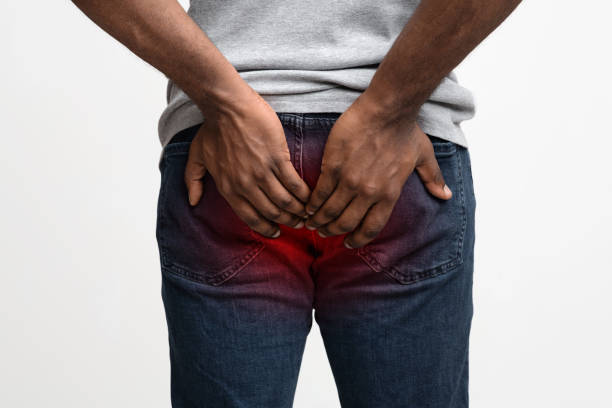Piles, also known as haemorrhoids, are swollen veins in the lower part of the rectum and anus. They can cause significant discomfort, pain, and even bleeding, making everyday activities challenging. Understanding the causes, symptoms, and management strategies can help alleviate this condition and improve your quality of life.
What Causes Piles?
Piles can develop due to various factors, including:
- Straining During Bowel Movements: Chronic constipation or diarrhea can lead to excessive straining, which increases pressure on the veins in the rectal area.
- Prolonged Sitting: Sitting for long periods, particularly on the toilet, can increase pressure in the rectal area.
- Obesity: Excess weight can put additional pressure on the veins in the lower rectum.
- Pregnancy: The increased pressure in the abdominal area during pregnancy can cause hemorrhoids.
- Heavy Lifting: Regularly lifting heavy objects can contribute to the development of piles.
Symptoms to Watch For
Piles can present with various symptoms, which may include:
- Pain or Discomfort During Bowel Movements: A common symptom that can vary in intensity.
- Itching or Irritation Around the Anus: Often due to inflammation.
- Swelling Around the Anus: This can cause noticeable discomfort.
- Bleeding During Bowel Movements: Blood in the stool or on toilet paper is a common sign.
- A Lump Near the Anus: This lump may be sensitive or painful, indicating a prolapsed hemorrhoid.
Natural Ways to Manage and Prevent Piles
Managing and preventing piles involves lifestyle and dietary changes:

- High-Fiber Diet: Eat plenty of fruits, vegetables, whole grains, and legumes to soften stool and reduce the need to strain.
- Stay Hydrated: Drink plenty of water throughout the day to help keep stools soft.
- Avoid Straining: Don’t strain during bowel movements, and avoid sitting on the toilet for extended periods.
- Exercise Regularly: Physical activity helps prevent constipation and reduces pressure on veins.
- Use Over-the-Counter Remedies: Creams, ointments, and pads designed for hemorrhoid relief can help reduce symptoms.
- Warm Baths: Soak in a warm bath for 10-15 minutes a few times a day to relieve discomfort.
- Avoid Heavy Lifting: Try to avoid lifting heavy objects that can increase pressure on the veins in the rectal area.
When to See a Doctor
If you experience significant pain, bleeding, or if the symptoms persist despite home treatment, it’s essential to consult a healthcare professional. They can provide treatments such as:
- Rubber Band Ligation: A procedure that cuts off the blood supply to the hemorrhoid, causing it to shrink and fall off.
- Sclerotherapy: An injection that shrinks the hemorrhoid.
- Infrared Coagulation: A procedure that uses infrared light to cut off the blood supply to the hemorrhoid.

- Surgery: In severe cases, surgical removal of hemorrhoids may be necessary.
Conclusion
Don’t let piles keep you in pain. By understanding the causes and symptoms, adopting natural management strategies, and seeking medical advice when necessary, you can take steps to manage and prevent them for a more comfortable life. Proper care and lifestyle adjustments can significantly improve your condition and overall well-being.


